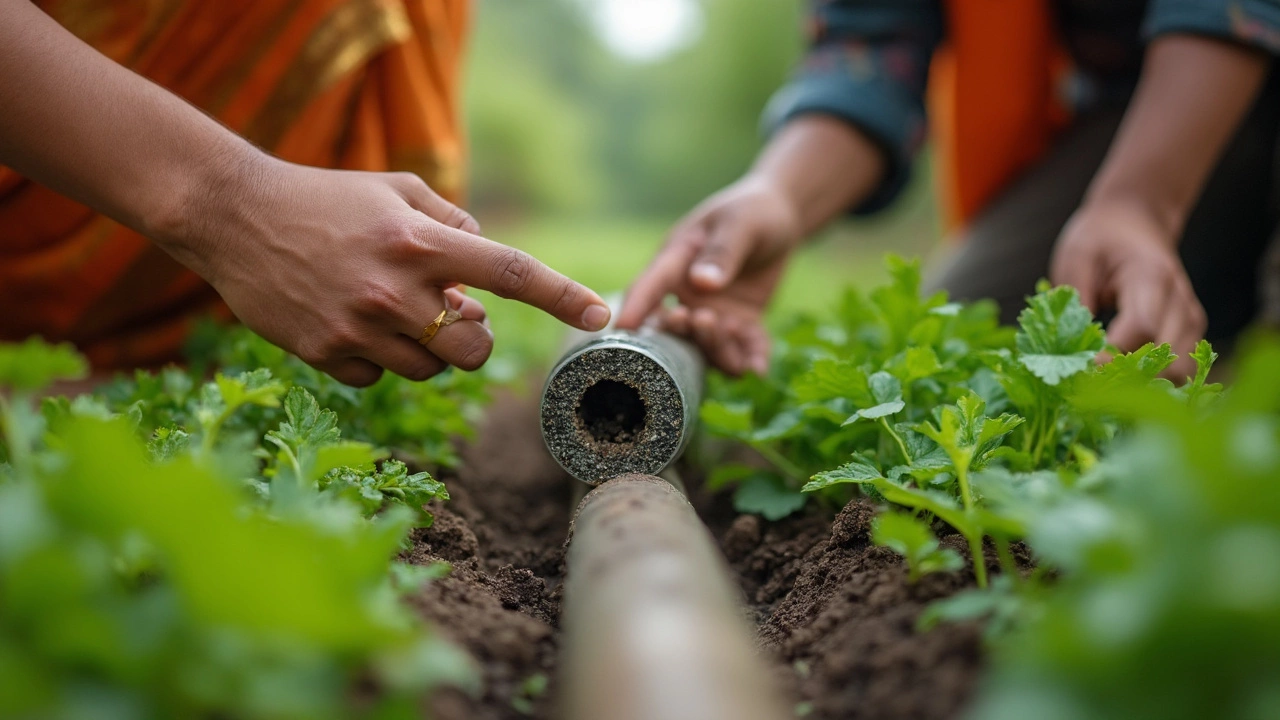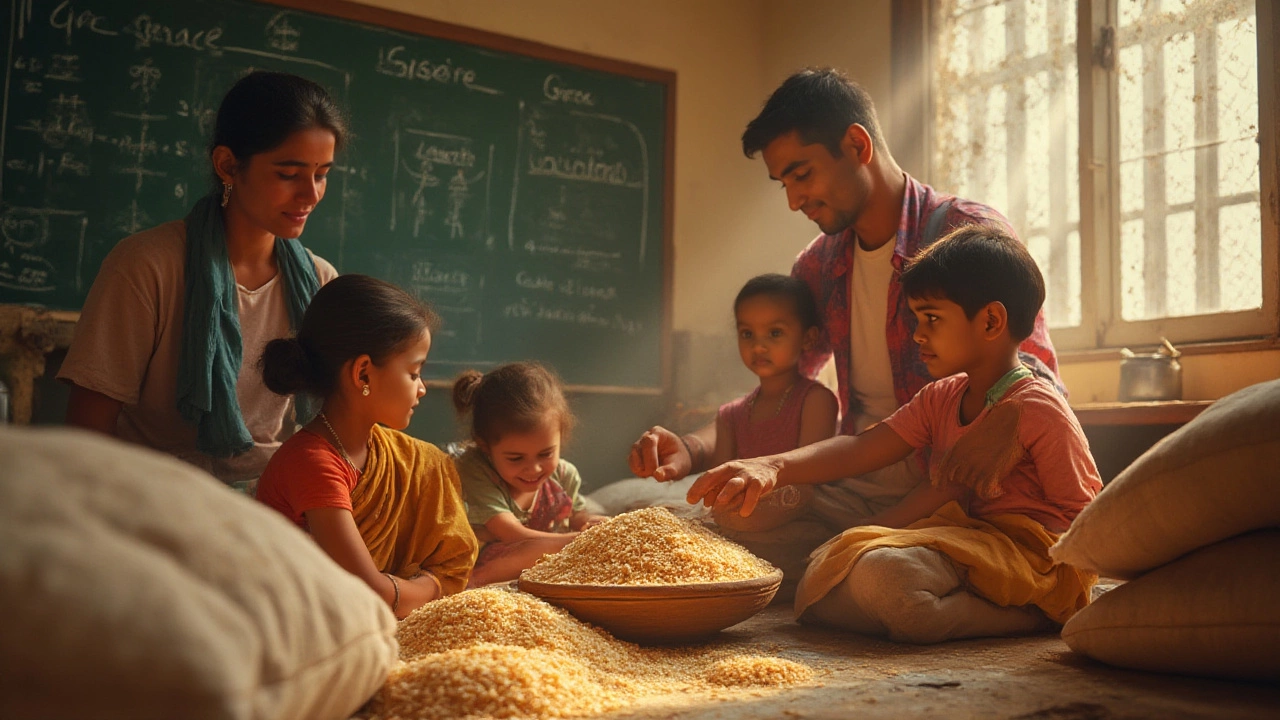India Vegetarian Percentage: Insights, Trends, and Regional Breakdown
When talking about India vegetarian percentage, the share of people in India who follow a vegetarian diet, shaped by culture, religion and food availability. Also known as vegetarian share in India, it provides a lens on health, agriculture, and market demand. The India vegetarian percentage has grown steadily as more people choose plant‑based meals for health and ethical reasons. This figure isn’t just a number; it reflects centuries‑old traditions, the rise of urban wellness trends, and the push for sustainable food production. By looking at the percentage, you can see how consumer choices influence everything from rice cultivation to the demand for dairy alternatives. Understanding this metric helps policymakers, food manufacturers, and gardeners plan for the future.
Why the Vegetarian Diet Matters Across India
One key piece of the puzzle is the Vegetarian diet, a eating pattern that excludes meat, fish and poultry, often emphasizing legumes, grains, vegetables, and dairy. This diet is deeply rooted in many Indian religions and regional cuisines, driving a huge market for pulse crops and dairy products. The vegetarian diet requires a reliable supply of protein‑rich plants, so farmers focus on crops like lentils, chickpeas, and soy. When the diet gains popularity, you see a ripple effect: more research into high‑yield pulses, better storage facilities, and new food‑processing technologies. The diet also shapes urban food services, with restaurants offering a wide range of veg‑friendly menus. In short, the vegetarian diet fuels agricultural choices, market trends, and even export opportunities.
Another layer is Indian cuisine, the diverse culinary practices across India that blend spices, grains, legumes, and regional specialties. Indian cuisine is the vehicle that delivers the vegetarian diet to millions daily. From the rice‑heavy dishes of the South to the wheat‑based roti meals of the North, each regional style adapts vegetarian principles in unique ways. This diversity influences what farmers grow; for example, mustard fields thrive in Punjab because the local cuisine uses mustard oil, while coconut plantations flourish in Kerala due to its role in curries. When you trace the India vegetarian percentage, you see it intertwined with Indian cuisine, because the way people cook determines what they eat, and vice versa. Culinary festivals, street food trends, and home‑cooking practices all feed back into the overall vegetarian share.
Finally, the picture isn’t complete without state‑wise demographics, data that breaks down the vegetarian share by each Indian state, revealing regional patterns and cultural influences. States like Gujarat, Rajasthan, and Karnataka often report higher vegetarian percentages due to cultural and religious customs, while coastal states such as Kerala and West Bengal show lower numbers because of strong seafood traditions. These variations affect regional agricultural policies, subsidy allocations, and even infrastructure development for food processing. Knowing the state‑wise breakdown helps businesses target markets, governments tailor nutrition programs, and NGOs focus on areas needing alternative protein sources. The India vegetarian percentage encompasses state‑wise demographics, linking cultural identity to food production and consumption patterns across the country.
Is Any Country 100% Vegetarian? Facts, Stats, and the Real Answer
Looking for a country that’s 100% vegetarian? Here’s the straight answer, the closest contenders with real stats, and smart tips for vegetarian travel in 2025.
- manufacturing
- India
- food processing
- garden tips
- rice cultivation
- government schemes
- balcony garden
- urban gardening
- balcony gardening
- profitable business
- business ideas
- plastic manufacturing
- drip irrigation
- plant care
- steel manufacturing
- sustainable gardening
- startup ideas
- steel industry
- flower gardening
- textile manufacturers






